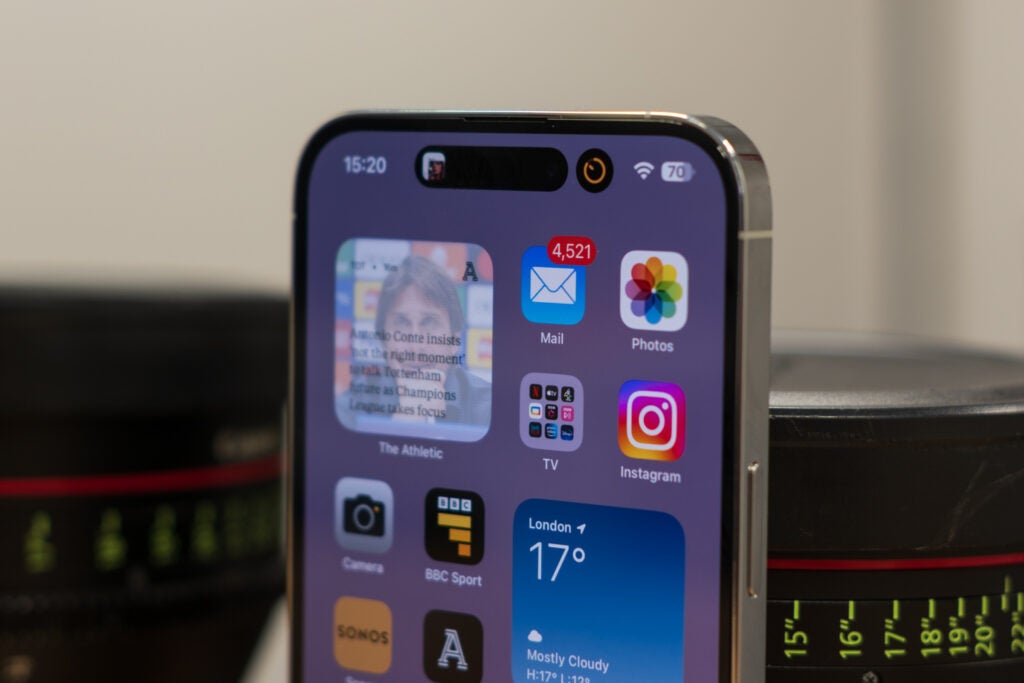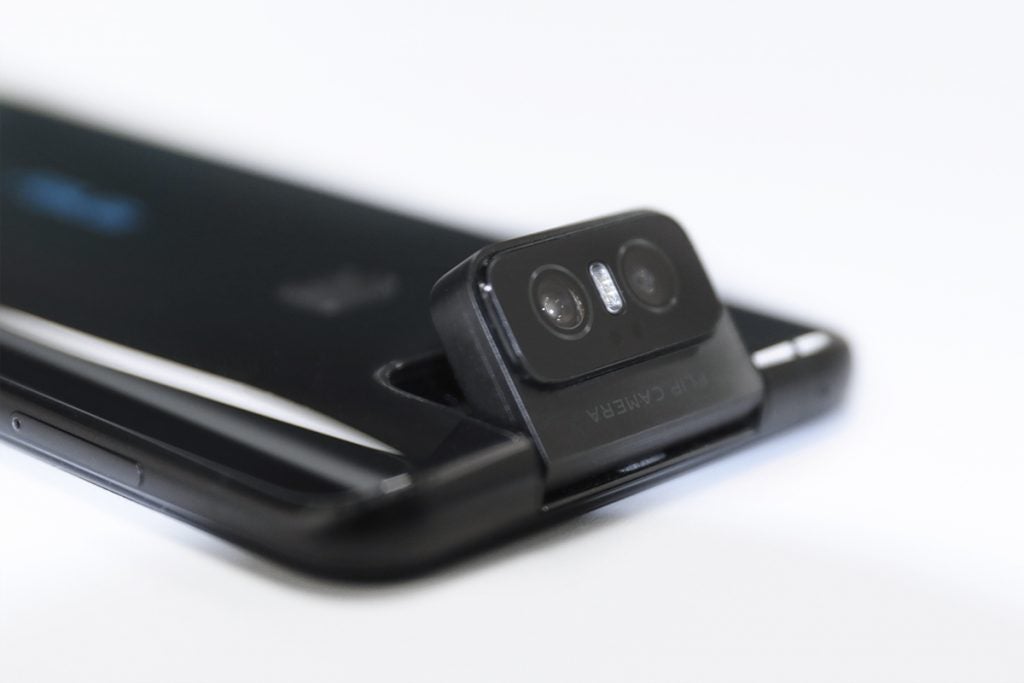OPINION: The recently launched Vivo V29 has a rather unique pitch in a crowded mid-range market; it’s a selfie-first phone, complete with a 50MP selfie camera with autofocus capabilities and 4K recording. That got me thinking about how important selfie cameras are and how they’re often neglected, even at the very high end of the market.
It’s all about the rear cameras, with the selfie cameras seemingly a bit of an afterthought. It doesn’t really make sense, though.
The humble selfie is more than just a simple act of self-indulgence. Selfies allow us to capture some of our best memories with friends and family in a much more natural way than making someone pose for a photo they can’t see.
It also makes for a better experience as those in the snap can see the viewfinder on screen and adjust if necessary, and the same is especially true for content creators on apps like TikTok who often forego the high-res rear cameras for the selfie camera.
The ability to see the screen and get the perfect angle is immensely valuable, then. So why is it that so many high-end smartphones neglect the selfie experience in favour of high-res rear cameras?
Take the Samsung Galaxy S23 Ultra for example; it’s considered by many to be one of, if not the best camera phone around in 2023 with an impressive array of rear snappers, but flip the phone over and you’ll find a single 12MP selfie camera.
It’s not just Samsung, either. iPhone 14 Pro? 12MP. OnePlus 11? 16MP. Google Pixel 7 Pro? Even less, at 10.8MP.

Now, that’s not to say that these aren’t decent selfie snappers – they’re certainly good enough for Instagram posing and video calls – and there’s more to camera chops than megapixel count, but they’re not quite as capable as those offered on the rear of the devices.
It’s not as if manufacturers haven’t tried to give the public selfie-first camera phones in the past either. Before the V29 was even a twinkle in Vivo’s eye, Asus had the ZenFone 6 with an ingenious way of using rear-facing cameras as front-facing cameras by literally flipping the rear camera module around to face the front when necessary.
This not only provided more lenses for users to choose from than a standard selfie offering, but they’re of a much higher quality – especially compared to those around in 2019 when the ZenFone 6 was announced.
But despite the slew of benefits on offer from a high-res selfie camera experience, the ZenFone 6’s camera module didn’t prove that popular with consumers and, as a result, was phased out of the ZenFone collection after just a few generations.

I personally thought it was a huge step forward, especially for videographers with access to 4K@60fps video from a selfie camera, but there were concerns about just how durable the flipping camera module would be over time.
More recently, the introduction of clamshell foldables has brought the selfie-first experience back into the limelight, with the rear camera offering sat on the external shell of the foldable and, in phones like the Motorola Razr 40 Ultra and Samsung Galaxy Z Flip 5, can use a decently sized external display to frame up your shots, giving you the best of both worlds.
These foldable phones can even be placed on a surface, negating the need for a tripod, further improving the selfie-taking experience.
However, clamshell phones aren’t quite up there in terms of camera prowess compared to standard candybar flagship phones, so it’s still not the perfect alternative for selfie lovers and those who just want to capture memorable moments with themselves in the scene.
So the question is, when will we see phone manufacturers start taking selfies more seriously and equipping us with the hardware to capture those perfect moments? We’ll have to wait and see…

